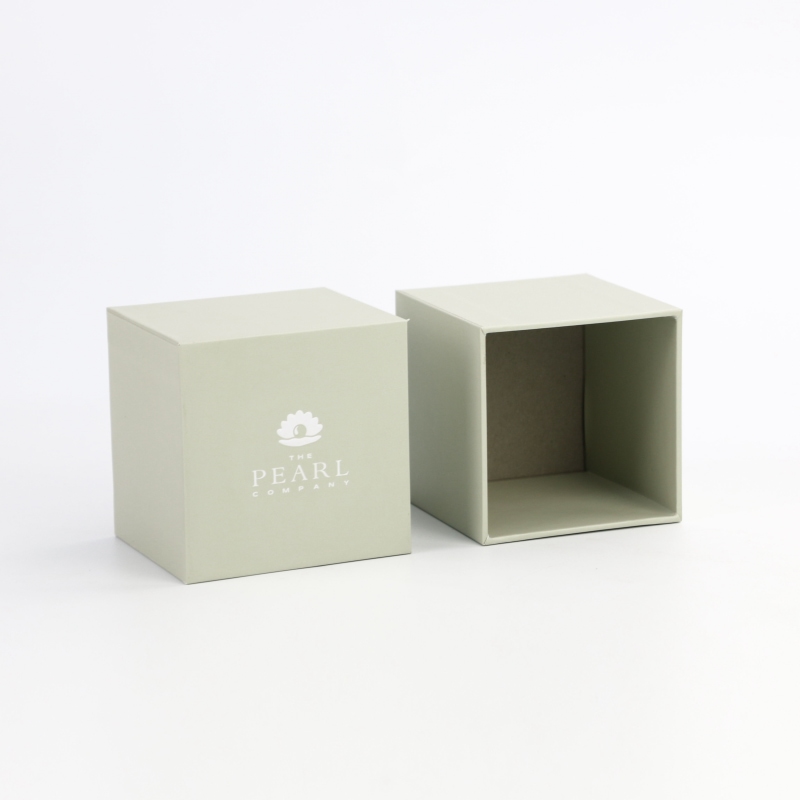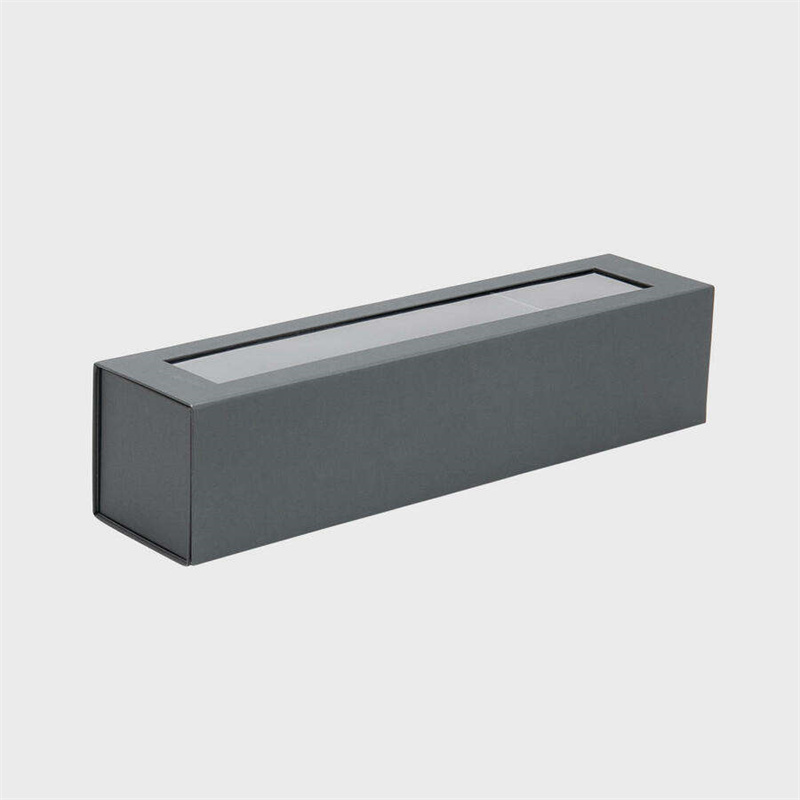To revisit this recipe, visit My Account, then View saved recipes.
To revisit this recipe, visit My Account, then View saved recipes Peg Hook Displays

In a 1985 issue of The New York Times, writer Marian Burros assessed the state of paper products in the kitchen for her De Gustibus column. Parchment paper, a tool once reserved for “more advanced cooks or those who gave elegant dinner parties” had become readily available in “the kitchen equipment section of most department stores.” As its availability skyrocketed, its uses blossomed beyond the occasional papillote. “It is no longer used just to cook food in paper,” she wrote. “The directions recommend it for lining clay pots, pie pans, cookie sheets, casseroles, even vegetable steamers.” As for wax paper, which had long been popular as a wrapping material for foods, Burros remarked that it had been “practically replaced” by plastic wrap.
Despite signs of its growing obsolescence 38 years prior, wax paper is still readily available alongside its fellow culinary paper products. But the question of how to use it is still on home cooks’ minds. As one Redditor puts it, “Stupid question but what is wax paper for if you can’t bake on it?” When you consider everything in a well-equipped kitchen today—not just parchment and plastic wrap—is there still a place for wax paper? Or is it time to admit that wax paper, at least as far as cooking is concerned, no longer serves a purpose?
“I’ve personally never used wax paper in my kitchen at home and would never purchase a disposable paper for cooking and baking that wasn’t also heat resistant,” says Natasha Pickowicz, a pastry chef and the author of More Than Cake.
Whereas parchment can withstand temperatures up to 450 to 500 degrees Fahrenheit, wax paper will melt or potentially combust in a hot oven. This has led many to claim that wax paper cannot ever go in the oven under any circumstances. In reality, wax paper is safe to use for lining the bottoms of cake pans. When completely covered in something like a wet batter, wax paper won’t get hot enough to ignite—it will however, leave a waxy residue on the bottom of your cake, something the home bakers of history just put up with apparently if they didn’t have parchment on hand.
Historically, packaging was wax paper’s fundamental duty. As a promotional pamphlet from the Kalamazoo Vegetable Parchment Co. circa 1930 put it, “Waxed paper today is the most popular and universally used of all papers for protecting foodstuffs.” Its oil and waterproof qualities safeguarded raw meat, dairy products, packaged bread, and other ingredients from spoiling or going stale from transit and on the shelf. In the 1930s home, wax paper served the same freshness preserving duties for meats and cheeses, but could line cake and cookie boxes, serve as a practical wrap for sandwiches, and sticky confections like popcorn balls and caramels.
Wax paper bags can be a convenient, moisture-proof way of packaging baked goods like these Sesame Chocolate Rye Breakfast Cookies.
Early parchment paper—often referred to as vegetable parchment to differentiate it from historic parchment made from animal skin—performed many similar packaging and shipping duties as wax paper. However, wax paper offered some advantages over uncoated parchment. Unlike regular paper, paper that’s been ‘parchmentized’ has been treated with acid that breaks down the paper fibers so that they fill in the microscopic pores and gaps. While this means that parchment won’t disintegrate in oil or water, it will still saturate in them. Wax paper, on the other hand, wicks moisture away entirely due to its paraffin coating, making it exceptionally more nonstick than early versions of parchment paper.
Businesses of the early 20th century used both parchment paper and wax paper for transporting fruits, vegetables, ice, meats, and dairy. But wax paper had the advantage of being heat sealable, which made it especially advantageous for packaging processed foods, cereals, and sliced breads.
As early as the 1940s, manufacturers began applying coatings to parchment (many of them Teflon-based initially) to mimic the qualities that once made wax paper indispensable. By 1959, manufacturers had created heat sealable parchment paper. According to Véronique van Zyl, a representative from Ahlstrom (one of the few parchment manufacturers left), product trials for silicone-coated parchment paper began in the 1990s. Reynolds began selling silicone-coated parchment in 1996. Not long after, according to van Zyl, sales of parchment really began to pick up in the US.
While today’s silicone-coated parchment paper can pretty much do everything wax paper can and more, the old standby is not without its defenders. Former BA staffer Claire Saffitz pointed out that it’s “more malleable than parchment paper and holds its shape better, which makes it ideal for wrapping and storing foods like cheeses and sandwiches.” Chef and recipe developer Monica Glass also appreciates wax paper to “wrap cheese, and sticky things; pack pastries/chocolates in boxes, and layer things in a container for dry or refrigerated storage,” she says.
But even Glass admits that parchment could work fine for most of those jobs as well. “I could use parchment for these applications, but I prefer wax paper for packing dry or refrigerated items because it’s less expensive and easier to fold into tight containers/boxes.”
Which brings us to the other commonplace justification for wax paper: price. Parchment is typically double the cost of wax paper for a 75 square-foot roll, which is why many people feel like wax paper is a better choice in instances when both materials suffice. But unlike wax paper, parchment paper is reusable and many types, like those made by If You Care and Reynolds, are compostable. Most wax papers, by contrast, contain petroleum-based paraffin, making them unsuitable for compost or recycling.
For a casual home cook who might hold on to a roll of wax paper or parchment for a year or more, the price difference isn’t that significant. And surprisingly, in a professional baking setting, the reusable aspects of parchment actually often make it the more economical option. “Between parchment paper and silicone baking mats, the standard needs of business are covered without purchasing yet another paper product for the kitchen,” says Anna McGorman, vice president of culinary and operations at Milk Bar.
At home, not only is wax paper up against plastic products like plastic wrap and resealable sandwich bags, there are also a bevy of reusable, sustainable alternatives, like flexible silicone to-go bags and conventional storage containers. If there’s a go-to waxed product these days, it’s more likely fabric beeswax wrap, which is reusable, washable, and far more sturdy and resilient compared to wax paper.
As cookbook author Erin Jean McDowell, Holey Grail Donuts co-owner Hana Dreiling, and Gage & Tollner pastry chef Caroline Schiff all point out, wax paper is still a desirable choice for wrapping sticky confections like caramels—wax just lets go a little more readily than silicone apparently. However, Schiff admits, “The last batch of caramels I made I ended up using parchment paper with a light coating of neutral cooking spray, and it worked just fine.”
By and large, the overall sentiment among food industry professionals was less than enthusiastic about wax paper. “I thought it was obsolete,” says Jake Novick-Finder, pastry chef at the restaurant Greywind, in Hudson Yards. “I haven’t found a use where I would prefer it over parchment, therefore I haven’t bought it in years.”
Ask the people who make and sell the wax paper whether it still has a purpose, and their answer is clear. “Wax paper is a staple in both commercial and home kitchens alike,” says Charry E. Brown, the test kitchen expert at Reynolds Consumer Products. Reynolds advertises that its product offers “fast and easy clean up” and “no more splattered microwave!”
Even if wax paper’s culinary days are behind it, this doesn’t mean its time is out completely. As Brown points out, “For those who enjoy crafting, lots of ideas for fun, creative, unique and inexpensive projects can be found with a quick internet search of ‘wax paper arts and crafts.’”
Sign up for our newsletters to get great new recipes and expert tips.
Is it safe to reuse plastic takeout containers?
The most-saved recipes in the Epi iOS app this week.
Tips for throwing a cocktail party like a pro.
How to store nuts so they don’t go rancid.
Our Hanukkah guide to frying without fear.
Start a free trial and get access to 50,000+ recipes and our iOS app—cancel anytime.

Wedding Wine Box © 2023 Condé Nast. All rights reserved. Use of this site constitutes acceptance of our User Agreement and Privacy Policy and Cookie Statement and Your California Privacy Rights. Epicurious may earn a portion of sales from products that are purchased through our site as part of our Affiliate Partnerships with retailers. The material on this site may not be reproduced, distributed, transmitted, cached or otherwise used, except with the prior written permission of Condé Nast. Ad Choices